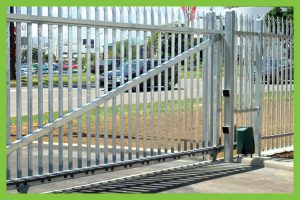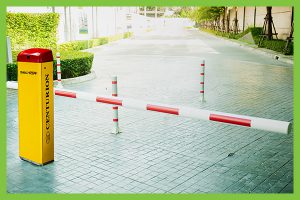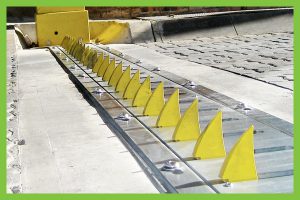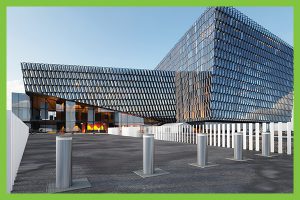Recent years have seen commercial and industrial properties being erected with much sturdier security backbones than has historically been the case. Place, for instance, a retail establishment built a mere ten years ago alongside one that was developed this year, and it brings into stark contrast the sensibilities and priorities of property developers of the time versus those of today. This can be seen as a somewhat inevitable scenario when one considers the plethora of technological advances that have been made over the course of the past decade or so, but it also puts into perspective the phase shift that has taken place globally from a security awareness point of view.
But are developers and integrators getting it right when it comes to perimeter security?
Part of the problem lies in identifying possible threats and designing security systems around those threats, be they tailgating of vehicles, pedestrian intrusion, unauthorised entry to sensitive areas, internal security breaches, etc., etc. One could even posit an ideal scenario whereby the security system is completely holistic and succeeds in combating a wide range of threats without having to rely on a massive infrastructure. This might strike the casual reader as fanciful thinking, but such integrative systems do exist and have proven to be highly effective in commercial settings.

Gate motors are an absolute staple of access control and offer a reliable and cost-effective means of preventing unauthorised access and promoting security and convenience. Many modern gate motors come equipped with advanced functionality and various high-security features such as time-barring technology and built-in intruder-detection alarms.

Traffic barriers remain an immensely popular and effective choice with regards to controlling vehicular access into and out of parking areas, but it’s important to ensure that the barriers are suitable for the particular application and environment. For example, if they are to be used in a commercial or industrial milieu, they need to be capable of coping with high traffic volumes (possibly thousands of operations per day) and should be outfitted with some sort of battery backup facility to ensure continued operation in the event of a power failure.

While traffic barriers do make formidable sentries on their own, integrating ancillary devices such as tyre killers and pedestrian barrier fences ensures that vehicular access points are as comprehensive as possible and leave precious little room for trespass. More and more commercial operators are seeing the value of this as a means of combating tailgating and vehicle theft out of parking lots, and adding further security to, for example, tenant parking facilities by integrating proximity access control systems and biometric readers. These technologies not only facilitate access control, but due to their inherently integrative nature and compatibility with software packages and PC administration, they provide administrators with a means of logging transactions, tracking employee movement for time and attendance-based logging, remote site surveillance, etc.

Interestingly, the term “bollard” has its origins in maritime use, meaning a post or pillar used to moor ships. Therefore, in a sense, its earliest function was to stop or control movement. In the context of access control, bollards perform a variety of functions, including restricting access to high-risk areas such as banks and embassies, traffic calming and demarcating pedestrian areas.
Bollards may be seen as offering the highest level of security and, with their tough construction, they provide a virtually impenetrable barrier against many different types of attack.





